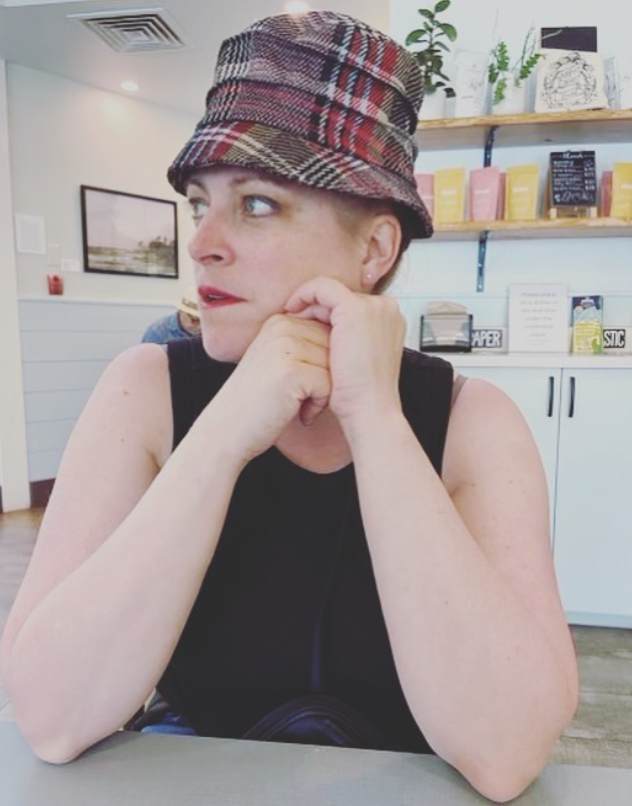Questions Teachers Ask Me: How Do I Assess This Piece of Writing?
How do I assess this piece of writing?
Assessment is not just about the final piece.
Assessment is at the beginning, the middle and the end of a writing piece.
Before students begin a writing piece, students are pre-assessed as to what they already know about that type of writing.
For example, if students are beginning a story writing unit, have them write a story without assistance. This unassisted writing piece is a pre-assessment.
- What do the students already know how to do?
- What do the students still need to learn based on grade level outcomes?
- Which students will need scaffolds to produce grade level writing?
- Which students will need accommodations to produce grade level writing?
The answers to these questions form the basis of your instruction.
The answers to these questions will determine the focus of your whole group mini lessons and guided writing.
The answers to these questions also help you to co-create a criteria list for their writing assignment. This criteria list is a target for their writing piece.
The answers to these questions also inform how you are going to differentiate for your class of diverse learners.
As students are planning, drafting, revising and editing, the assessment is formative, ongoing. Formative assessment is assessment throughout the writing process. This assessment informs your teaching and their learning. Confer with students to understand how they are matching the standards or expectations.
- Are the students demonstrating knowledge of those grade level skills and processes, if not, how can you assist them?
The summative assessment on the final product or writing piece should not be a surprise to your students. The students should be given the criteria at the beginning of the writing process on how they will be assessed summatively. Ideally this criteria list is co-created.
When teachers ask me, “how can I assess this?”
I know that teachers are thinking about assessment as an event at the end of writing, not as part of a bigger process.
When teachers ask the question “how can I assess this?”
I know that teachers have not chosen their targets for assessment and have likely not communicated the assessment targets to their students.
So know you know the answer, any more questions? 🙂
As usual, let me know your questions and I will try answer them in later posts.
Related Posts
Questions Teachers Ask: How can I help students improve their story endings?
Questions Teachers Ask: Why do students put periods in the wrong places?


